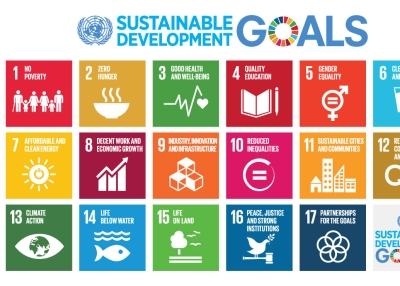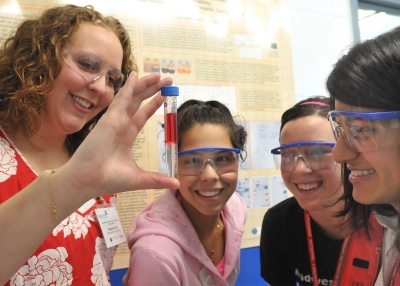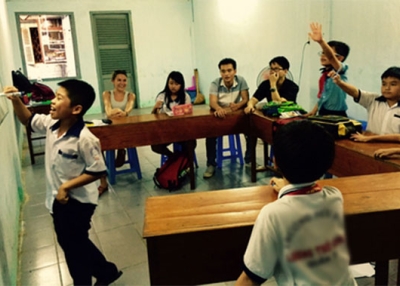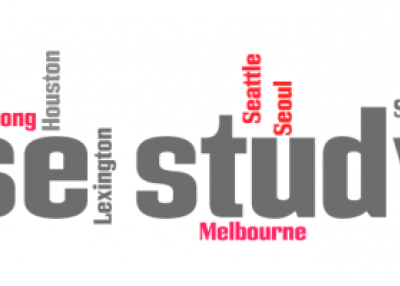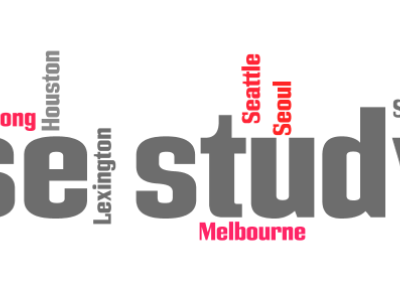Singapore: Innovation in Technical Education

by Vivien Stewart
Singapore has one of the most rapidly developing economies in the world. What gives Singapore its competitive edge?
Singapore has developed a close linkage between education and economic development, studying where they want the economy to grow and then educating a rising workforce to be prepared accordingly. Singapore now seeks to become a global scientific hub. To do so, all aspects of the government—the finance ministry, economic development board, manpower ministry, education ministry, urban and environmental planning bodies, housing and immigration authorities—come together to plan for and catalyze Singapore’s growth.
The Manpower Ministry works with the various economic agencies responsible for promoting specific industry groups to identify critical needs and project demands. The future skills requirements are then fed back both into pre-employment training and continuing education and training.
In other countries, labor and education markets make these adjustments slowly over time; in many places, workforce training is an afterthought, not a forward-looking plan. But the Singapore government believes that its approach helps students to move faster into growing sectors, reduces over supply in areas of declining demand more quickly, and targets public funds more efficiently for post-secondary education. The Ministry of Education and the institutions of higher and post-secondary education then use these skill projections to inform their own education planning, especially for universities, polytechnics and technical institutes. The outcome is that Singapore is ready to meet the demands of the fastest growing, most profitable industries.
For example, in many countries, technical education is looked down upon as a dead-end option, of low quality and typically out of step with the changing needs of employers. But vocational education has been an important part of Singapore’s unique economic planning. In 1992, Singapore took a hard look at its own poorly regarded vocational education and decided to transform and reposition it so that it was not seen as a place of last resort.
Dr. Law Song Seng led the creation of the Institute for Technical Education (ITE), which transformed the content, quality and image of vocational education. Its mission is “To create opportunities for school leavers and adult learners to acquire skills, knowledge and values for employability and lifelong learning in a global economy.” ITE’s founders brought in leaders with a broad vision and staff committed to caring for students. They completely revamped the curriculum and workforce certification system; developed courses in new industries; and consolidated existing technical campuses into three mega campuses with a sophisticated technology base and close ties to international corporations.
To combat the societal prejudice against less academically inclined students, ITE promoted and rebranded its kind of “hands-on, minds-on, hearts-on” applied learning. A marketing plan to fight the image that vocational education is a last resort was implemented to reach out to parents, students, teachers and the community. This branding campaign has led to a 76% increase in visibility of such programs in the public sector in just one decade1 . Talks are given annually at secondary schools and potential students are invited to spend two days on campus in an “Experience ITE Programme.” In this way, students can experience the hands-on skills they would receive if they enroll at an ITE.
The result has been a doubling of enrolment since 1995, and ITE students now constitute about 25% of the post-secondary cohort. More than 82% of students in 2009 completed their training and were placed in jobs. Pay levels for ITE graduates have also been strong, and students now see the ITE track as a legitimate path to a prosperous future.
Part of the reason for the success of the technical education at ITE is that students get a strong academic foundation early in their academic careers so they can acquire the more sophisticated skills required by leading-edge employers.
American academic and government sectors are taking notice. The ITE received the IBM Innovations Award in Transforming Government, given by the Ash Center for Democratic Governance and Innovation at the Harvard Kennedy School.
In the United States, the bottom 25% of students drop out of high school, whereas in Singapore, 90% of the bottom 25% graduate from the ITE and have decent paying jobs. The U.S. needs to find a way to close the gap between the skills that employers need and the output of the education system, to address the needs of those who might otherwise drop out of high school, and to reimagine technical education for the new jobs of the future.
1 Case Study on Institute of Technical Education (ITE), APEC, 2010. Accessed on 7 March 2016: http://hrd.apec.org/images/6/6b/77.1.pdf).


